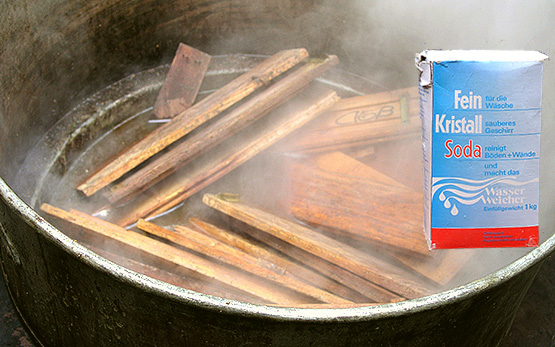The use of antibiotics is not permitted in Switzerland; moreover, no other medication exists to combat European foul brood. Hives with symptoms must therefore be destroyed in order to limit the outbreak, and the contaminated material must be sanitised. Since prevention is the best cure, early detection is desirable. Numerous studies have been undertaken and documents have been created at the Swiss Bee Research Centre and elsewhere to draw the attention of beekeepers to these problems and inform them about the causes and the control measures to be implemented.
Merkblatt zur erkennung von Bienenbrutkrankheiten (German (PDF, 357 kB, 18.10.2017) and French (PDF, 226 kB, 02.02.2017))
M. Tschumi (2011)







